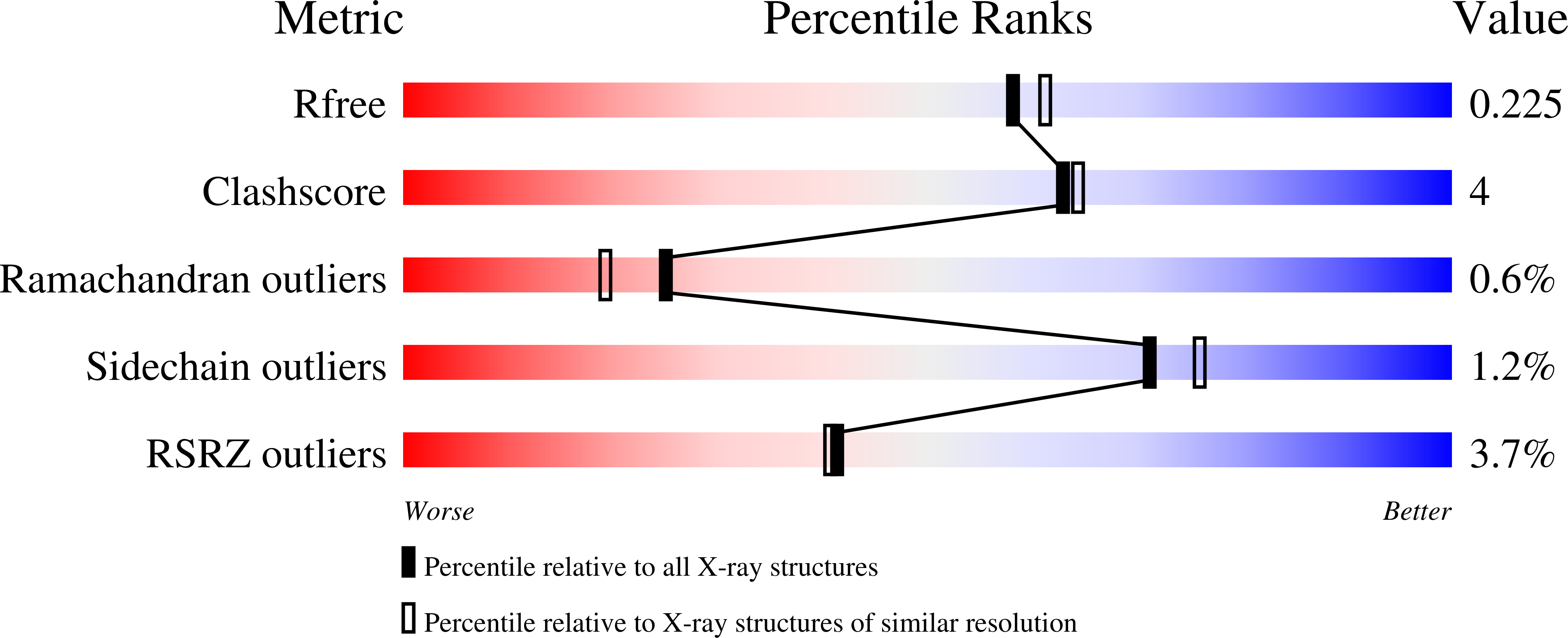
Deposition Date
2023-01-16
Release Date
2023-06-07
Last Version Date
2024-10-16
Entry Detail
PDB ID:
8C7J
Keywords:
Title:
Phage display derived serum albumin binding knob domain engineered within a novel VH framework 3 bispecific antibody format
Biological Source:
Source Organism:
Cricetulus griseus (Taxon ID: 10029)
Host Organism:
Method Details:
Experimental Method:
Resolution:
2.00 Å
R-Value Free:
0.22
R-Value Work:
0.18
R-Value Observed:
0.18
Space Group:
P 21 21 21


